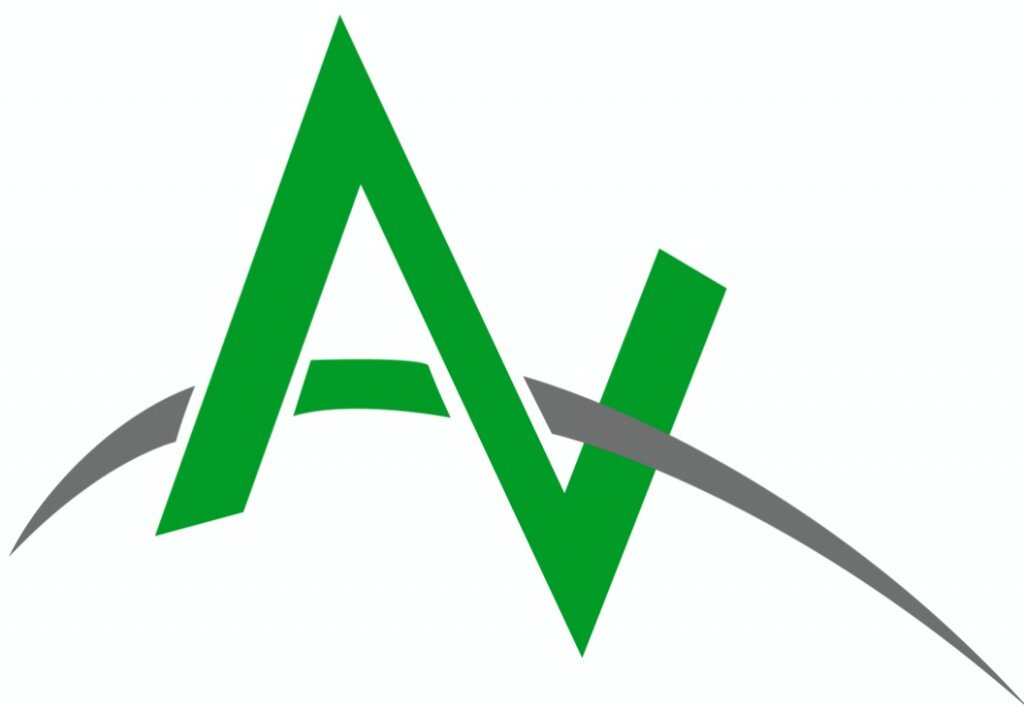Traveling by train
I enjoy traveling on Amtrak. If I have to go to D.C. or Boston, I’d rather take a train than fly. It takes about the same amount of time, when you add in the extra time to get to the airport, and to get from the airport to the city. And trains drop you right downtown, which is excellent when you need to be downtown upon arrival. Which is usually.A train is chattier than an airplane, yet less chatty. You don’t really hear people talking on airplanes (unless your seatmate is one of those people. Maybe it’s because if you’re not a chatty person, you have some sort of headset on, listening to music, watching a movie, or just blocking out the sound.On a train, however, seatmates are rarely, if ever, chatty. They’re working. Or talking with their family or friend they’re traveling with. For some reason, the train doesn’t attract the same sort of person who thinks that just because they’re sitting next to you means that you’re supposed to talk to them.As you might be able to tell, I’m not extremely fond of that sort of seatmate.Plus, you get to choose your own seat, and people aren’t trying to cram a ton of baggage in the overhead that doesn’t really fit there just so they can avoid luggage fees.You also see America pass by. Old city centers, cemeteries, Walmart stores, even bowling allies.The real estate that abuts train tracks doesn’t tend to be the most scenic our towns and cities have to offer, but they are America. They’re a reminder of how homogenized we’ve become – a CVS on every Main Street! – and yet also how unique all our little hometowns are.Different underpasses sport different styles of graffiti. Endless highways herd drivers from one exit to another. The parking lots display our huge reliance on and love of cars. Row houses face industrial property that sits next to the tracks. Old-fashioned water tanks loom over buildings within eyeshot of the train. Electrical substations and burned-out hulks of former factories paint a dystopian picture of our maybe-post-industrial cities.Hospitals seem common near the tracks – particularly children’s hospitals. Probably so that families can more easily access them. Never really thought about it before. In Philadelphia, just after leaving the 30th Street station, I saw the children’s hospital and the Veterans Administration hospital in short succession.Then, between cities, the landscape changes from swampy wetlands to wooded areas, from open fields to rivers wide and narrow.Those between-city stretches are few and far between, especially on the New York-to-D.C. ride; a bit more common on the way up to Boston. This part of the country is densely populated, between our largest city and our nation’s capital.I sit, alternating reading with typing and staring out the window. In fact, sometimes I’m typing while staring out the window, because I’m a really good touch-typist. I want to have a good camera with me and jump out in so many spots, capturing what life along a rail corridor looks like. There are no neighborhoods outside the airplane window.Now I’m hungry, but don’t feel like spending a fortune in the dining car. I shoulda brought a snack.Here's the magical thing: My train arrived 20 minutes late to Newark because of a derailment yesterday. When are we scheduled to arrive in D.C.? Only 5 minutes late. I know airplanes do that, too, but for some reason, it seems more, I don't know, dangerous yet fun on a train.Photo by me, taken somewhere north of Philadelphia. Or maybe south. Near Philly, anyway.
